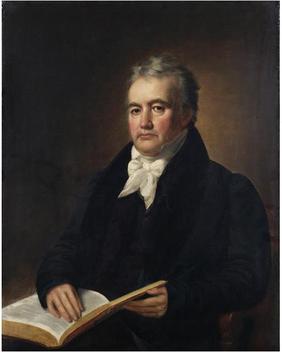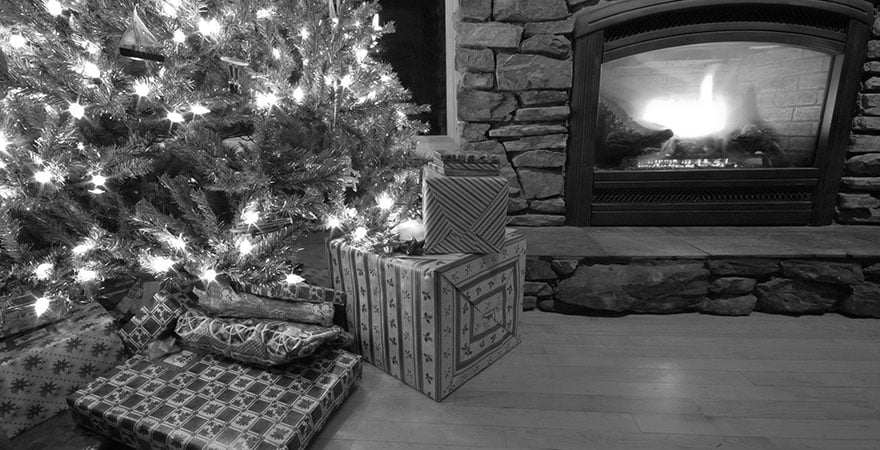Gifts unwrapped: The history of gift-giving at Christmas
It’s another cycle of manic buying as everyone tries to get the last-minute gifts for friends and family. All over the world, giving presents is a critical part of Christmas and families dedicate a lot of time and money to the custom.
The highlight of the day is opening gifts as children and adults yearn to find something they have wished for the entire year. While you are overwhelmed with satisfaction when you find out what is in the gift box, have you ever asked yourself where the tradition of gift-giving came from?
Here is the story…
The three Magi
Gift giving is a Christian tradition practiced all over the world, but it’s not exclusive to Christianity as other religions mark the end of the year with a similar custom. For example, the Hindu celebration Pancha Ganapati in honor of Lord Ganesha, and the Jewish Hanukkah.
The birth of Jesus is one of the most popular births in the world, but to refresh your mind, after the birth of Jesus, three kings (Biblical Magi) visited Jesus bearing gifts of gold, myrrh, and frankincense. To Christians, this is the first time Christmas gifts were given. This isn’t true.
Festival of Saturnalia
Long before even Jesus stepped into the scene, ancient Romans practiced present giving, especially in the festival of Saturnalia, celebrated to give thanks to Saturn, the god of agriculture.
The festivals happened for seven days (from 17th to the 23rd of December). In addition to making sacrifices to the god, the Romans also gave gifts to each other. The most popular gifts being: fruits, nuts, candles, and cheap wines.
The festival went on until the fourth century when early Christian leaders phased it out as Christianity took over the Roman Empire.
Even after people stopped celebrating the festival, many new Christian converts held onto the December custom.
Christmas tree
The Christmas season is incomplete without the Christmas tree. In fact, some people begin decorating their homes and places of work with the pine, fir, and spruce trees as early as November.
Would you like to know how the Christmas tree became a pivotal part of the most celebrated season of the year?
Long before Christianity, people living in northern Europe used plants and trees that had remained green the entire year to decorate their homes when celebrating the winter solstice festivals.
While Germans are credited with starting the Christmas tree tradition in the United States, they aren’t responsible for mass acceptance. Queen Victoria caused the craze.
In 1846, Queen Victoria and Prince Albert were sketched with their children around a Christmas tree. Since she was famous and loved by many, everything she did or wore instantly became fashionable. So when people saw the sketch, the Christmas tree arrived in America.
Santa Claus
 Known as the father of gifts, Santa Claus has undergone plenty of transformations over the years. The origins of Santa trace back to Turkey, where a real-life 4th Century monk, St. Nicholas of Myra, gave out bags of money to the poor.
Known as the father of gifts, Santa Claus has undergone plenty of transformations over the years. The origins of Santa trace back to Turkey, where a real-life 4th Century monk, St. Nicholas of Myra, gave out bags of money to the poor.
John Pintard introduced Santa Claus to the United States in the 1800s in a bid of taming Christmas. Soon after his introduction Santa Claus quickly mutated to “right jolly old elf.”
The modern Santa is still undergoing transformation where some of the greeting card companies are featuring a leaner, healthier Santa instead of the larger, obese gent.
Modern Christmas celebration
Christmas is heavily commercialized, and there are many billion-dollar companies build up around the festive season, but this shouldn’t deter you from getting gifts for your loved ones.
As you find last-minute gifts, get unique presents that have a unique meaning. After all, Christmas is a time to be compassionate and show your loved ones they are special. Have a Merry Christmas!

